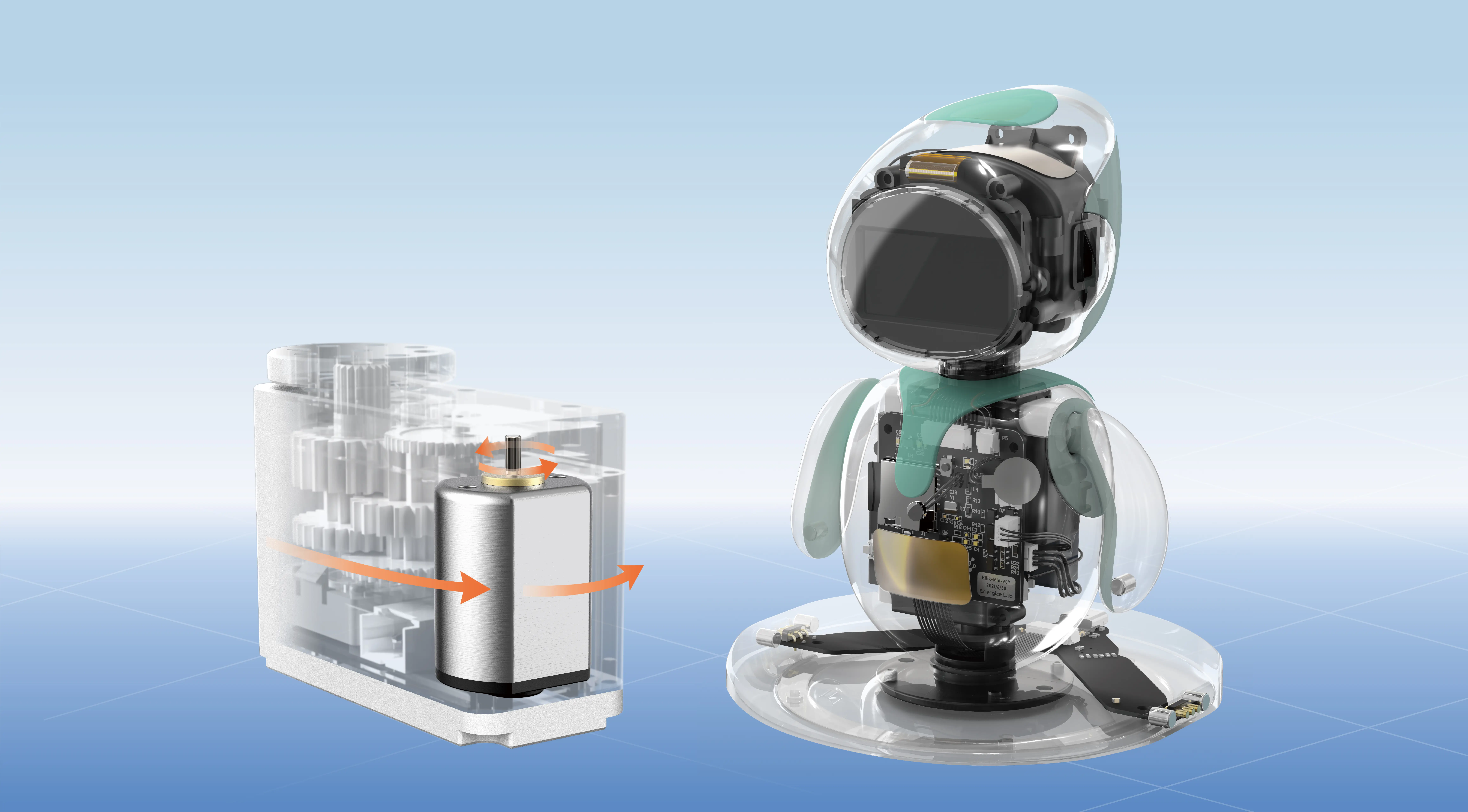Imagine rolling out a new feature in just minutes, no fuss, no drama — sounds just like a dream, right? But when you're dealing with complex systems, especially on AWS, it’s easy to get tangled. That's where microservices architecture becomes a game-changer. Picture each feature or function as a tiny, independent building block, all working smoothly together, yet flexible enough to update or scale separately. No more monolithic messes—just clean, manageable chunks.

Let’s talk about why it clicks with cloud giants like AWS. AWS services offer elastic compute scaling, fast deployment, and reliable storage. When you combine that with microservices, you get a platform that’s not just resilient but also incredibly responsive. Dropping in a new feature? Deploy it without shutting everything down. Need more capacity? Spin up new containers faster than ever. It’s like having an army of tiny robots, each doing a specific job, all communicating seamlessly.
Here's a common scenario: an e-commerce site that suddenly hits a sale spike—traffic explodes, and the site starts lagging or crashing. With a microservices approach on AWS, it’s a different story. You can scale just the checkout service or inventory handler independently, keeping the rest of the site humming along. No need to freeze the entire platform. Plus, AWS's managed Kubernetes makes container orchestration smooth, reducing headache and increasing uptime.
Thinking about security, it’s layered and more manageable. Each microservice can have its own security protocols, and with AWS's identity management, things stay tight. That means less worry about breaches or data leaks affecting the whole system. It’s a modular fortress—each part protected individually but working cohesively.
Ever wondered if microservices are complex to manage? Sure, they sound like chaos in theory, but tools like AWS Lambda, API Gateway, and CloudWatch make orchestration straightforward. Monitoring becomes a breeze, alerting you instantly if one service misbehaves. The flexibility? It’s like crafting a custom suit, fitting perfectly and adjusting on the fly.
Of course, questions pop up. Will this architecture fit a small startup or only massive enterprises? Honestly, microservices scale down just as well as they scale up. Smaller teams love the clear separation of tasks, making collaboration and deployment faster. Companies growing fast can add new features without breaking the existing system.
In a nutshell, microservices architecture on AWS isn’t just an upgrade; it’s a transformation. It's about turning a slow, fragile setup into a nimble, resilient powerhouse—ready to take on whatever the digital world throws at it. Think of it as building a city with modular skyscrapers where each piece is designed to be stronger, smarter, and more adaptable. Why stick to the old ways when the future of cloud computing is here, crisp, clear, and ready for action?
Established in 2005, Kpower has been dedicated to a professional compact motion unit manufacturer, headquartered in Dongguan, Guangdong Province, China. Leveraging innovations in modular drive technology, Kpower integrates high-performance motors, precision reducers, and multi-protocol control systems to provide efficient and customized smart drive system solutions. Kpower has delivered professional drive system solutions to over 500 enterprise clients globally with products covering various fields such as Smart Home Systems, Automatic Electronics, Robotics, Precision Agriculture, Drones, and Industrial Automation.




































